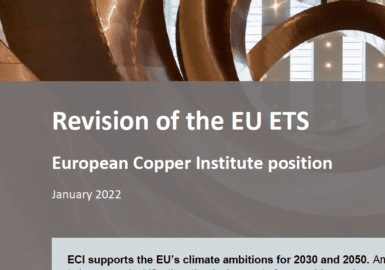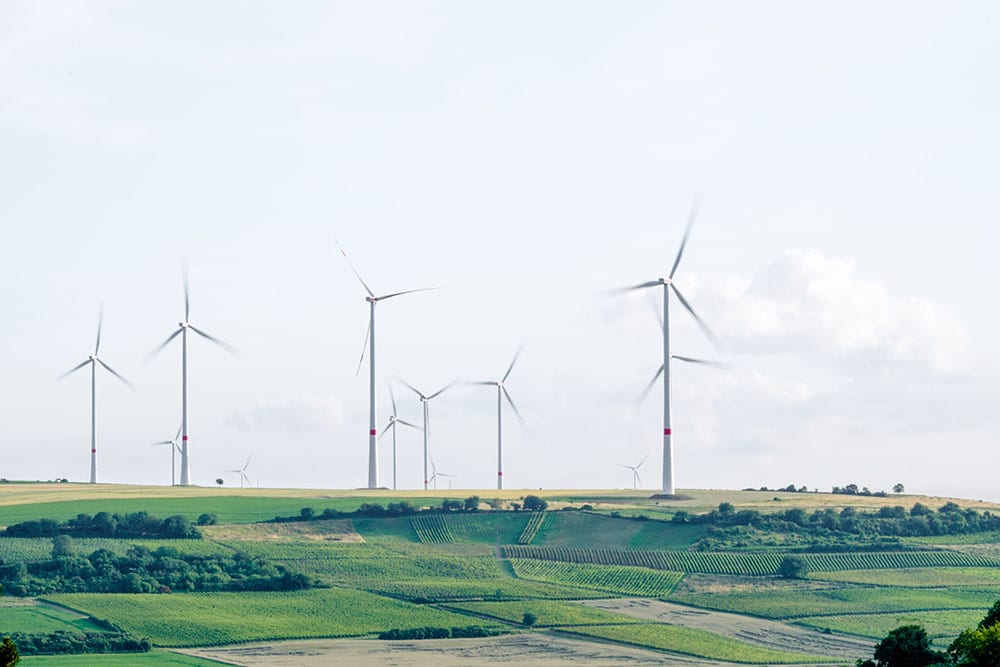Recursos destacados

In Euractiv, Anna-Maria Karjalainen, Director for Clean Energy Transition, Europe, discusses ‘Fit for 55’ climate policies and the industry’s ability to invest in decarbonisation

ECI position on the revision of the EU Emission Trading System Jan 2022
ECI supports the EU’s climate ambitions for 2030 and 2050. The copper industry is ready to do its part....

ECI position on the proposed Carbon Border Adjustment Mechanism Nov 2021
The European Copper Institute (ECI) is the leading advocate for the copper industry in Europe....
Table of Contents
EU Climate Law
The European Climate Law sets a legally binding target of net zero greenhouse gas emissions by 2050. The EU Institutions and the Member States are bound to take the necessary measures at EU and national level to meet this target.
This law defines the framework into which further legislative initiatives linked to climate change take place, like the Fit for 55 package proposed on Julio 13, 2021.
It also includes measures to keep track of progress and adjust actions accordingly, based on existing systems such as the governance process for Member States’ National Energy and Climate Plans, regular reports by the European Environment Agency and the latest scientific evidence on climate change and its impacts. Progress will be reviewed every five years, in line with the EU commitment to the implementation of the Paris Agreement.
EU Emission Trading System
The EU Emissions Trading System (ETS) is the world's biggest carbon market. It is a key part of the EU’s climate policy and can help achieve a reduction in greenhouse gas emissions in a cost-effective way.
The ETS currently applies to energy-intensive industry sectors, including copper, other nonferrous metals, electricity and heat generation, as well as commercial aviation in the European Economic Area (EEA). These sectors are required to reduce their emissions by 43 percent by 2030 compared to 2005 levels.
In Julio 2021, the European Commission proposed a revision of the EU ETS Directive, which significantly raises the contribution by ETS sectors to achieving a 55 percent reduction in greenhouse gas emissions by 2030. Sectors covered by the ETS would now be required to reduce their emissions by 61 percent by 2030 compared to 2005.
We support the EU’s climate ambitions. Copper makes a significant contribution to decarbonisation through delivering energy savings and CO2 reductions across the electricity system in transport, buildings and industry. The copper industry is also working to reduce the carbon footprint of copper mining, smelting and recycling processes.
Getting the revision of the EU ETS right will be instrumental for enabling the industrial transformation that is needed to achieve carbon neutrality while maintaining an industrial base in Europe. As long as equivalent climate policies are not implemented at global scale, European industry will continue to face higher energy costs. Copper is a globally traded commodity, and the industry is exposed to a high level of global competition. It is therefore of utmost importance that effective measures are in place to protect European industry against carbon leakage, so that it is able to contribute to the climate transition while remaining competitive.
Climate, Energy and Environmental State Aid Guidelines (CEEAG)
The State Aid Guidelines for Climate, Environment protection and Energy set the conditions under which Member States can support projects that help achieve their energy and climate targets and protect the environment, without undue distortions of competition in the Single Market. The Guidelines provide for targeted reductions from electricity levies for energy intensive users, such as the copper sector. This has a key role in limiting carbon leakage in the copper sector. The copper industry is particularly sensitive to any increase in electricity costs, given that copper production is inevitably electro-intensive and as a sector we cannot pass these costs on as copper is sold on global commodity markets.
As the European Commission revises the current State Aid Guidelines for the post-2021 period, it is important to maintain this protection at sufficient levels in order to preserve the competitiveness of the European copper industry and support the industry’s efforts to decarbonise - including through electrification - in an environment of increasing carbon prices.
READ MORE
Authored By

Bernard Respaut
Chief Executive, European Copper Institute

Anna-Maria Karjalainen
Director
Clean Energy Transition


